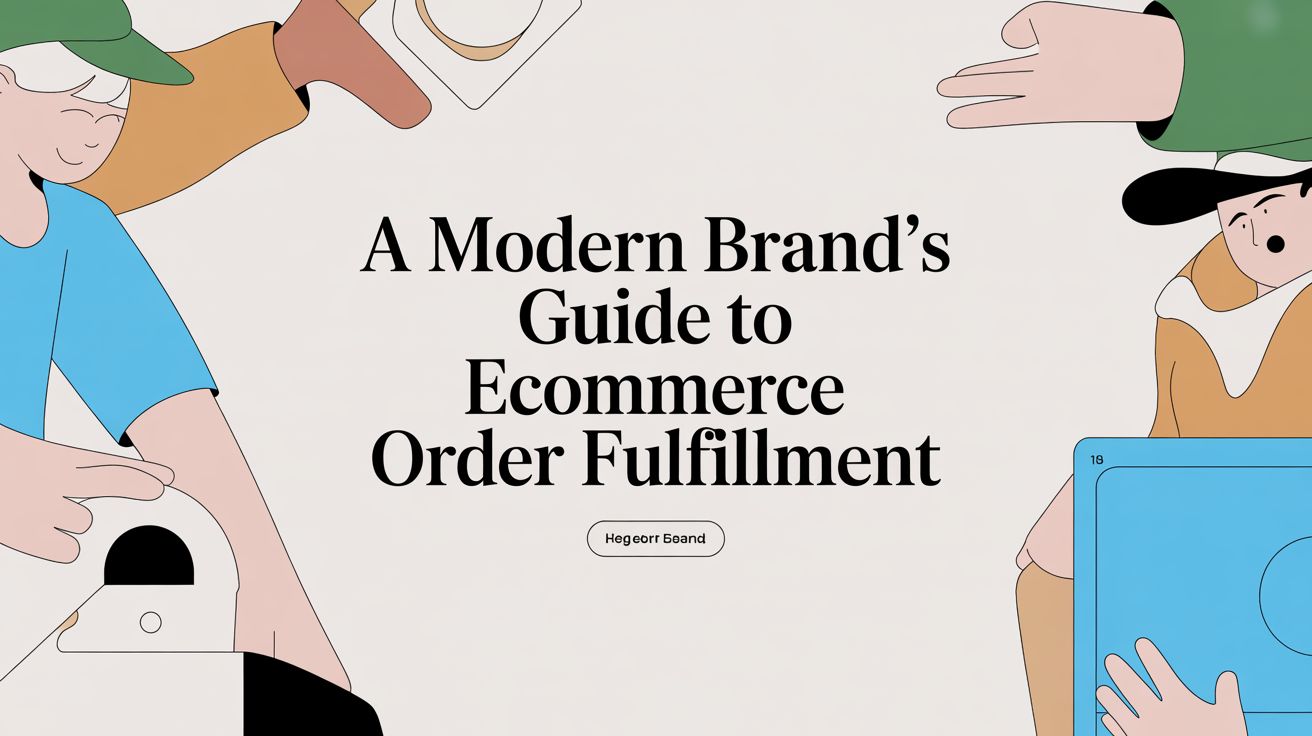
3 types of consumer competition tactics

When cultivated in a healthy way, competition can be an engaging — and fun — motivator for brand audiences. Here are a few ways it appears in marketing:
Consumer competition tactics
Getting the best bargain
Consumers love a good deal. So much so, that they are willing to compete for one.
Sometimes this form of competition may look like a standard offer telling consumers that an item is on sale while supplies last. In cases like these, customers can compete against themselves, the countdown timer and/or other customers who want the same item. And it’s all in good fun.
Highly promoted examples of this include events like Black Friday and Amazon Prime Day, flash sales and site-wide discounts.
Completing a competitive call-to-action
If you give a customer a goal to aspire to, you’re speaking directly to some of their most primal psychological needs — including competition.
Consumers are goal-oriented. It’s one of the reasons call-to-actions (CTAs) are staple tools in marketing. Not only do they provide consumers with clear directions, but they also allow consumers to look ahead at the possible benefits they’ll gain from following through with your request.
When consumers are told to “Act Fast” or “Enter a contest for a chance to win,” they’re given the opportunity to reach their newfound goal of earning a reward. Other CTAs may include other directives like telling consumers to click a link or go to your website for more information.
Racing against the clock
Consumers aren’t strangers to the concept of racing against the clock; they regularly do so to catch a deal, item or service before time expires.
This sort of competition can play on a number of psychological principles: the fear of missing out, anticipation, scarcity and more. Consumers may get FOMO at losing out on a product, or experience anticipation as they imagine “winning” the competition. When brain science is leveraged in this way, consumers are able to exercise more of their psychological strengths.
Competing for a premium incentive
When rewards are valued, the desire to compete grows. After all, the existence of a rewarding outcome is one of the keys to creating a solid consumer-centered incentive.
Rewards, and the competitions consumers enter to win them, offer a platform for consumers to display their strengths and feel good about themselves. There’s a certain amount of emotional investment that goes into competing for a valuable incentive, and when consumers are going after something they view as important, there’s an added benefit of adrenaline and personal belonging that comes from engaging in a fun interactive experience.
When paired with competition, premium incentives might look like exclusive access to a new product before others, a larger discount for loyal customers or tiered rewards that change in value.
Competition and marketing have a long-standing relationship. The psychological impact and benefits for consumers are one of the many reasons brands rely on this tactic time and time again.

Lindsay Keener is a brand journalist for Quikly. She covers stories that help to inform and educate consumer-facing marketers.

